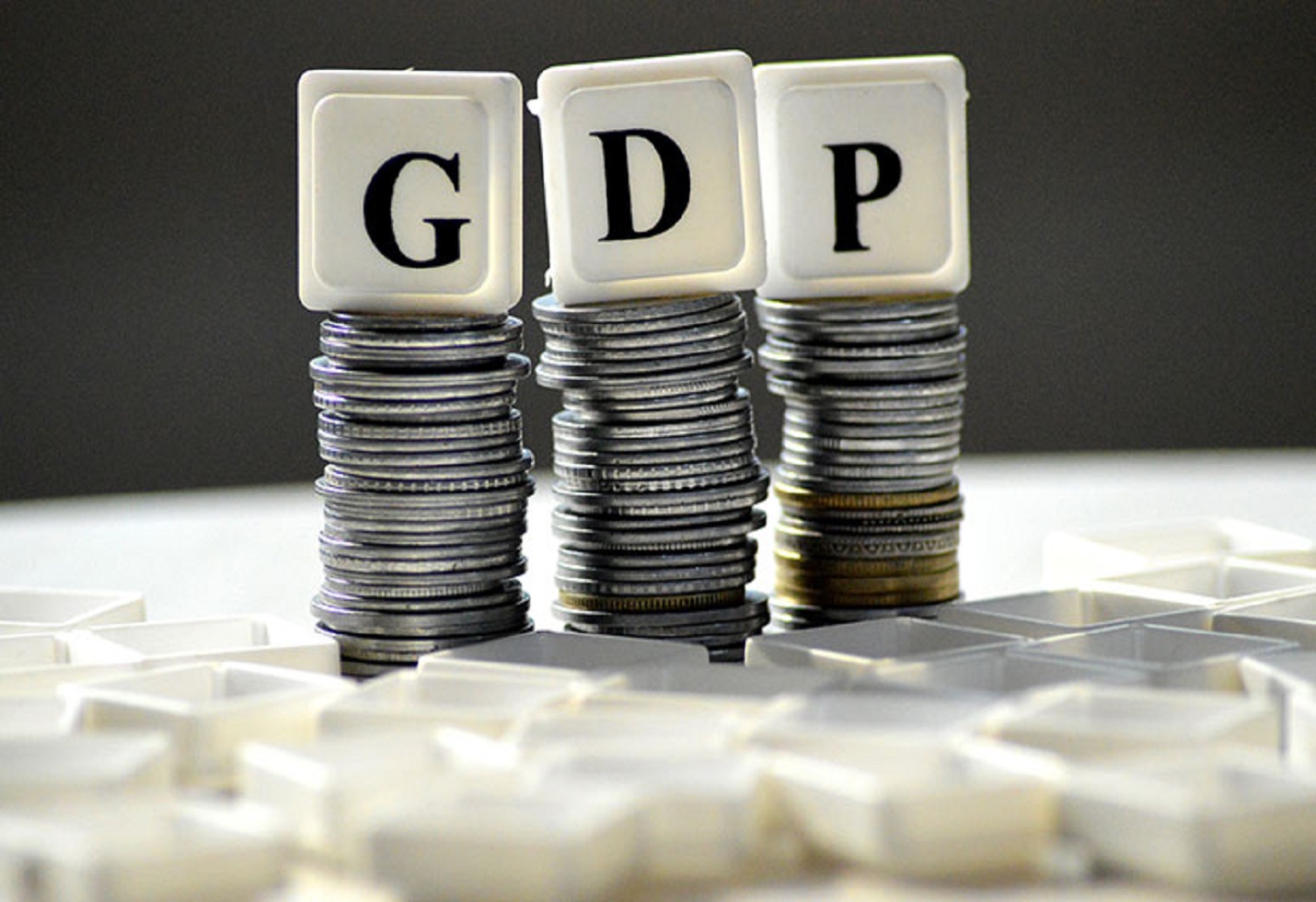Auto industry closes 2024 in top gear with record-breaking car sales
The year 2024 for the Auto Industry closed with a record of domestic wholesales of 4.3 million vehicles, surpassing the previous record of 4.11 million units in 2023. The companies such as Maruti Suzuki, Hyundai, Tata Motors, Mahindra & Mahindra, Toyota Kirloskar Motor and Kia observed their best-ever annual domestic sales. The Indian Auto Industry mostly registered wholesale dispatches and not retail sales to customers. Despite this, Indian Vehicles retail sales grew by 9% in 2024 as it reached a record of nearly 26.1 million units. The retail sales record surpassed the pre-covid peak demand of 254 million units set in 2018. It marked the full recovery of the auto industry which faced slowdown due to the pandemic and higher than the 24 millions units sales in 2023. Making India one of the few economies to surpass the pre-Covid levels.
Maruti Suzuki India Ltd, India’s largest passenger vehicle manufacturer registered its highest-ever wholesale and retail sales in 2024. The key reasons behind the growth in sales was due to continued growth of SUVs and strong demand in the rural market. Maruti Suzuki India Ltd (MSIL) Senior Executive Officer (Marketing and Sales) Partho Banerjee gave the reason for the strong demand in the rural market is due to good monsoon and good MSP prices.
The strengthening sales growth is backed by strong growth since October, 2024. Previously, the first half of the fiscal year faced slow growth due to general and state elections and extreme weather conditions such as heatwaves. The people preferred to stay indoors during summer and the urban market was hit by the effects of the elections as well. The car sales picked up pace in the month of October as it grew by 1% and in November by 4 %. The Passenger Vehicles (PVs) makers faced a change from the start of the festive season. In the Indian automobile industry, the domestic passenger vehicle wholesales rose by 11% year-on-year (Y-o-Y). It was supported by the year-end discounts, strong demand for SUVs (sports utility vehicles), strengthening recovery in the urban market and robust sales of CNG-based cars. It is important to point out the share of SUV’s sale in the annual PV volume sales of the industry is about 55 percent in 2024 surpassing the previous years growth of less than 50 percent. The Y-o-Y growth of Maruti Suzuki India Ltd. was around 24.2 percent which indicated the record of its domestic PV wholesales in December 2024 around 130,117 units. Again here, Mr. Banerjee of the Maruti Suzuki India Ltd. (MSIL) stated that this remarkable performance was achieved due to the company’s ability to achieve its goal to reduce its network stock (stock with dealers) from 38 days’ worth of stock to 10 days. Currently, it has a network stock of 9 days. While the CNG-based cars sales for the MSIL is about 576,000 units which is a 33 percent Y-o-Y growth rate.
Major Companies with robust domestic PV sales
The Maruti Suzuki India Limited definitely hit the top in the Domestic PV sales by achieving both strong growth rate in wholesale and retail sales. It was attributed to its plan of reducing network stocks and strong CNG-based growth. Also despite having flat growth in the urban market, it registered a 10.1 percent Y-o-Y growth rate increase in the rural market. The key models contributing to the growth of the company were Invicto, Grand Vitara and Ertigo.While Tata Motors observed a moderate growth in domestic PV wholesales increased by 1.4 percent in 2024 which is around 44,289 units compared to 42,750 units in the year 2023. Tata Motors’ new launches in the SUV portfolio such as Curvv and Nexon.ev 45 were the key drivers in its sales growth. India’s second largest carmaker by volume, Hyundai faced a slowdown in domestic sales volumes by 42,208 units in December 2024. It led to a fall in sales growth rate by around 1.3 percent Y-oY. Despite this, its flagship SUV Creta achieved record-breaking domestic sales of 186,919 units yearly which contributes to 67.6 percent of total PV sales of Hyundai in the year 2024. Creta is a SUV leader for Hyundai. While Toyata observed the sales growth of 16.4 percent Y-o-Y in the month of December 2024 and accounts for a rise in overall volume sales in 2024 by 40 percent. The major companies’ sales patterns show an increase in preference of SUVs resulting in robust growth in sales.
The image added is for representation purposes only










